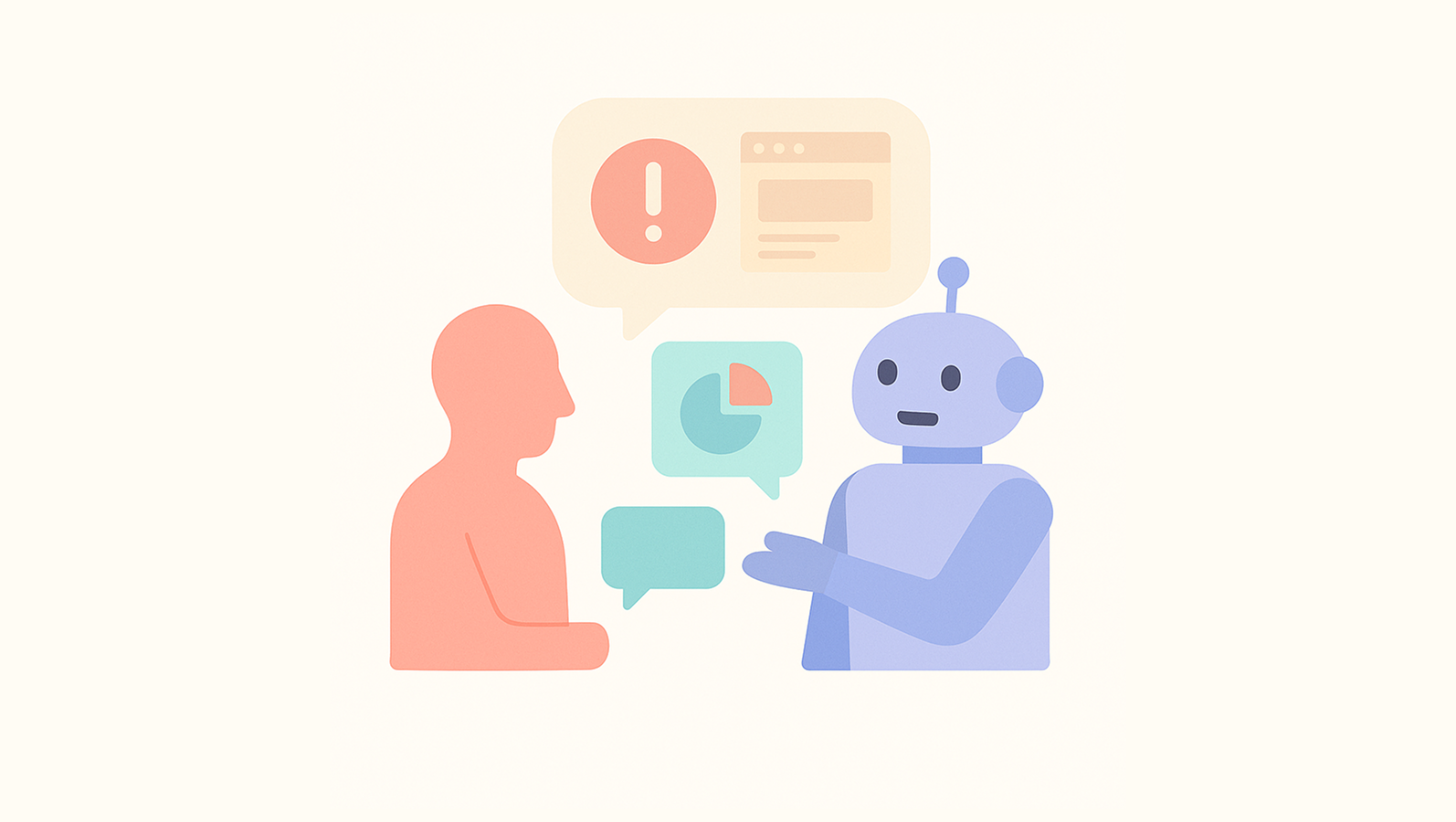At Hubble, we’re on a mission to help product and research teams move faster without compromising depth or quality. Today, we’re thrilled to announce the launch of our newest feature: Video Analysis & Synthesis — a powerful tool that transforms how you analyze user interviews, usability tests, and in-product recordings.
No more jumping between tools. No more disjointed note-taking. Now you can watch, annotate, tag, and synthesize insights — all in real time, all in one platform.

🔍 What’s New?
Hubble’s Video Analysis feature is designed to streamline the way you work with qualitative data. With this release, you can now:
- Annotate as you watch: Add notes directly on the timeline while reviewing participant recordings.
- Tag key themes and patterns: Use customizable tags to categorize moments as they happen.
- Code your insights: Structure your findings in a way that’s easy to search, revisit, and share.
- Build a central insights repository: Organize everything in one place — no spreadsheets or extra tools required.
Whether you're synthesizing dozens of user interviews or reviewing usability test sessions, this feature helps you get to clarity — faster.

To get started and learn more about the how-to guide on the video analysis, you can refer to our help articles on Video Analysis.
⚡ Why It Matters
User researchers, product managers, and designers often spend hours sifting through video recordings, trying to piece together themes and quotes across different tools. We built video analysis to eliminate this friction and give teams a single, seamless workflow for turning raw footage into meaningful insights.
With our new video analysis tools, you can:
- Reduce analysis time by 40–60%
- Collaborate more effectively across your team
- Capture and share key moments with confidence
This isn’t just about speed — it’s about making sure your team is working on the right problems, backed by real user evidence.

💡 Built With Research Teams in Mind
This feature was shaped by countless conversations with researchers, PMs, and design teams who told us what slows them down and what they wish existed. We're incredibly grateful to our early users who helped us refine the experience.
You asked for:
- More structured synthesis tools
- A way to tag and track key moments
- A better system for organizing insights across projects
We listened — and we’re just getting started.
🔮 What’s Next?
This launch is just the first step. We’re already working on:
- AI-powered video summarization to help you identify top themes automatically
- Searchable insight libraries across projects
- Integrations with research repositories and product tools like Notion, Confluence, and Jira
Our goal? To help you handle the entire end-to-end research and synthesis process inside Hubble — from testing to insight delivery.
💬 Ready to Dive In?
The new video analysis feature is now live for all Hubble users. If you have questions, want a personalized walkthrough, or need help ideating your research repository — we’re here to help. Thank you to all our amazing customers for your feedback, support, and partnership. We can’t wait to see what you uncover with this new superpower. Let’s build better products, together.
—
The Hubble Team
FAQs
Nope! Any participant videos collected through Hubble (e.g., unmoderated tests, interviews) are automatically available for video analysis. You can jump right into annotation, tagging, and synthesis without any extra uploads. We are adding a feature to be able to support uploaded videos as well.
Video analysis is available on select plans. If you're unsure whether it's included in your current subscription, reach out to our team and we’ll help you get set up or explore upgrade options.
Yes! You can create and share highlight reels or individual clips with annotations and tags. It’s a great way to communicate insights clearly and quickly with your broader team — even if they don’t have a Hubble account.
Absolutely. Hubble is built for collaboration — multiple team members can annotate, tag, and code the same video in real time or asynchronously. All updates are saved automatically, so your team stays in sync without version control headaches.











